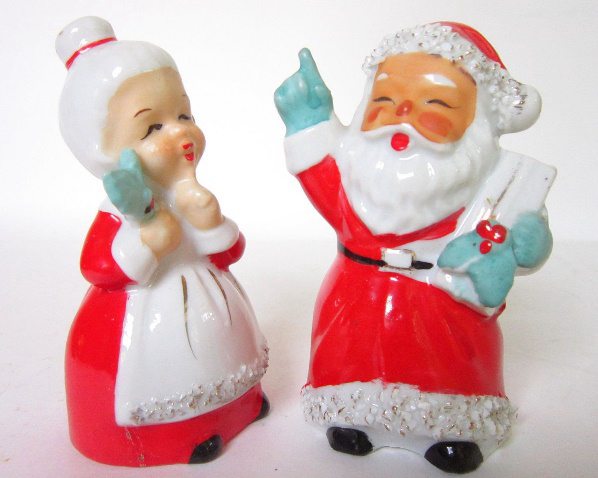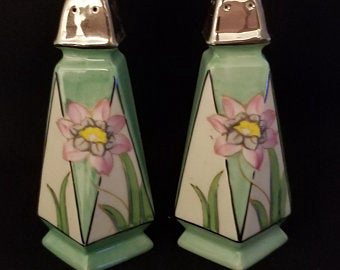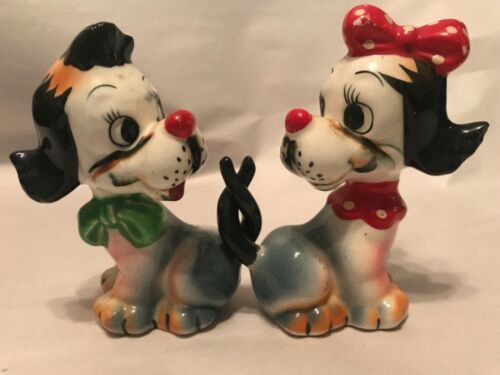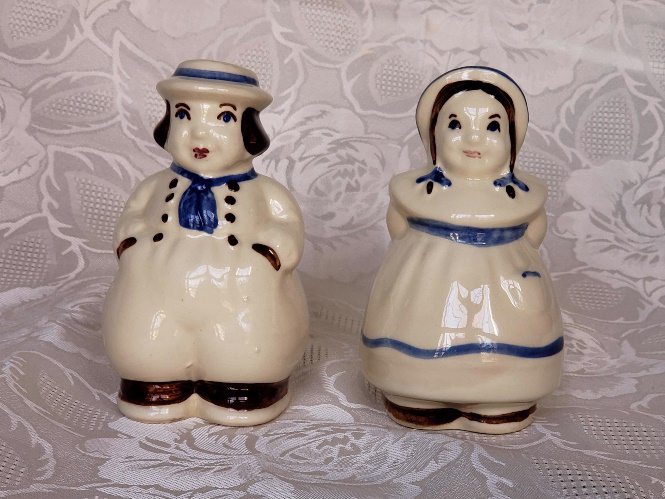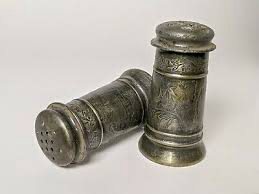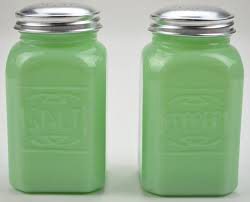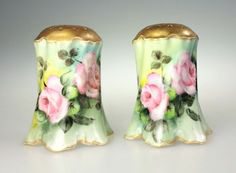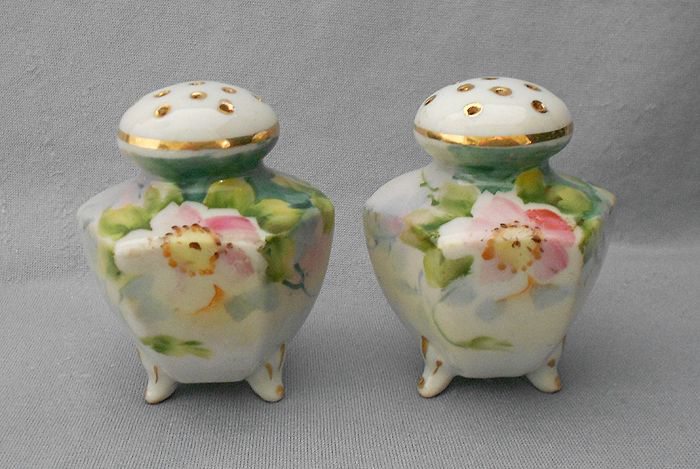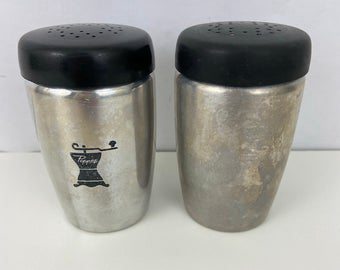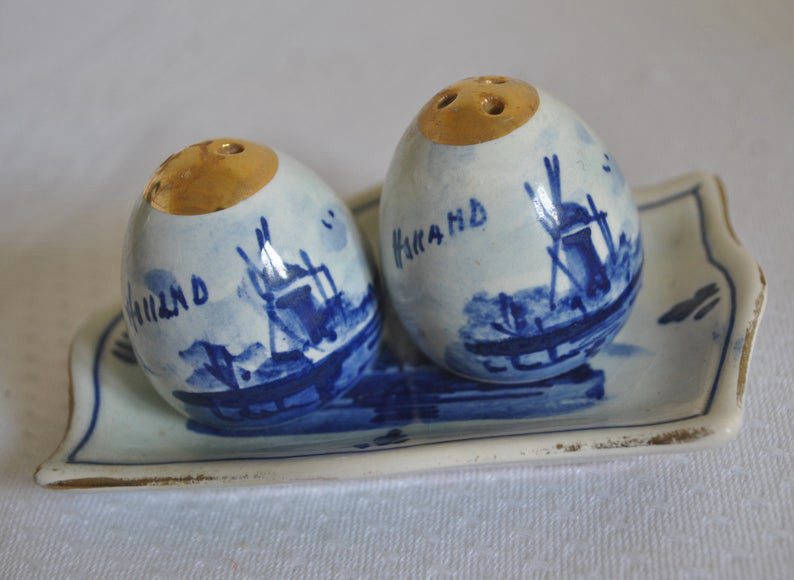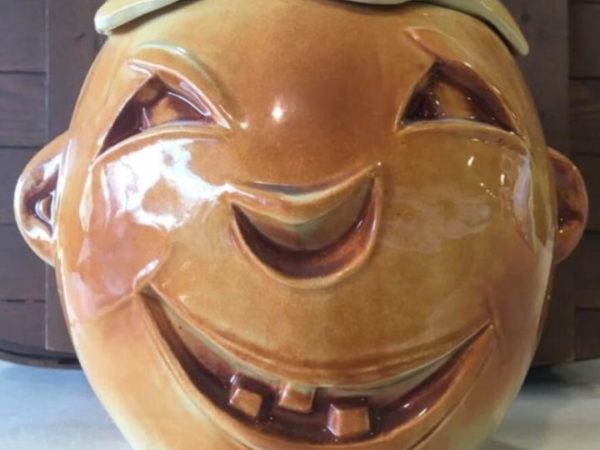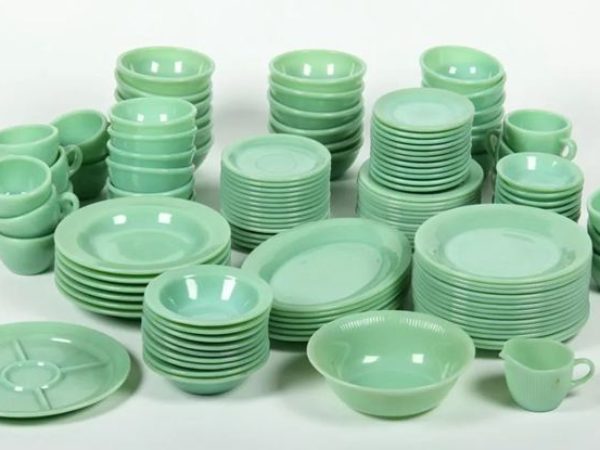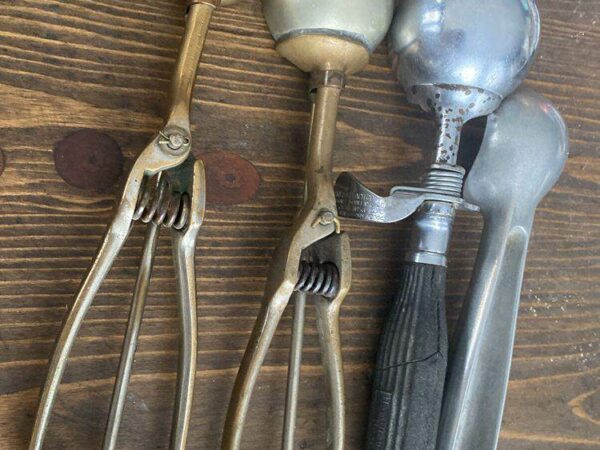Collectible salt and pepper shaker can deliver a kitschy kitchen charm like no other. The small-sized item should check your intention of the indoor display, use & repurpose. And you don’t need to prepare an immense budget for the abundantly available product.
However, recent counterparts with similar designs represent a challenge regarding the investment. You actually need proper guidelines on identifying antique salt and pepper shakers. And our expert team has gathered everything necessary for the process.
Table of Contents
What is an Antique Salt & Pepper Shaker?
The history of using separate salt by kitchen chefs dates back to 17th century Europe. But the small dishes or cellars could barely keep the salt in pristine condition. However, how exactly pepper became salt’s most trusted companion remains a mystery.
- The actual invention of salt and pepper shakers for commercial application remains unknown. No one actually knows how people managed to think of a confined container.
- Many suggest the idea to originate outside Europe – either China, the USA, or colonial places. But the use remained extremely limited to the locals by the 1900s’ beginning.
- Morton Salt Company polished the idea to market the very first commercial shakers. Its introduction in the 1920s helped many ceramics to survive the great depression.
Large-scale production spread the industry all across the globe with widespread recognition. And people hitting different places started buying the shakers as a souvenir by the 1940s. That’s exactly where you’re likely to deal with vintages instead of antiques.
How to Identify Genuine Antique Shakers?
It’s essential for everyone to understand the fundamental points of identification. In fact, the process is indeed the very first step for authentic trading.
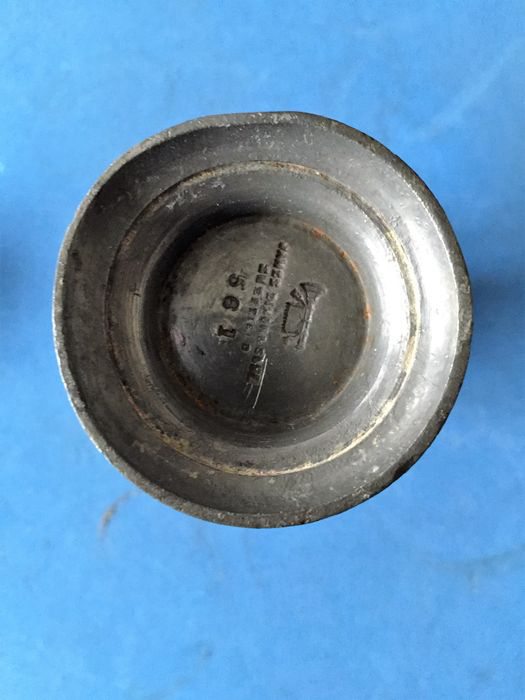
1. Determining Age or Year
Current age to know the production year should confirm the shakers’ identity. However, narrowing down the exact age is somewhat difficult without conducting experiments. The problem actually rises with the availability of copycat reproductions.
2. Tracing the Manufacturer
Finding the original company to market the shaker can provide a definite confirmation. You must look into the details of individual designs by yourself. Pay attention to any particular imprints at the bottom, around the top, or over the surrounding surfaces.
3. Country or State of Origin
You should consider contacting the local, regional, national archives to know the industry. Precise government records can help you narrow down the manufacturing details. Of course, not all countries may offer sufficient knowledge or information.
4. Looking into the Materials
Exploring the materials remains a great way to establish a straightforward difference. Modern-day shakers have plastic (polymer)/steel construction for the majority. But heavy ceramics, as well as other unusual materials, adorned the classic models.
5. Checking the Design Finish
Cultural, retro & art deco’s influence dominated the actual collectibles from the last century. And the exterior surface ended up integrating peculiar designs with reasonable precision. However, the surface finishing wasn’t exactly perfect in the early decades.
Popular Antique Salt & Pepper Shaker Styles
You can’t recognize any shaker as vintage or antique right away with all the reproductions. Even the early periods featured a wide range of styles/designs for the shakers. Therefore, you should know the standard styles to proceed with the valuation.
1. Anonymous Christmas Shaker Set
The festive set is believed to make the market by the early 1970s. Unknown origin adds mystery for the displayable & usable figures.
2. Art Deco ‘Japanese’ Shakers
The tiny hand-painted set is popular throughout the entire world. Its 1930s production resembles art deco styles with stamped ‘Japan’ imprint.
3. Dog Salt & Pepper Shakers
The mid-century awesomeness comes with pastel shades & cheerful appeal. Cuteness gets to dominate the table with an everlasting impression.
4. Dutch Boy & Girl Figural Shakers
Classic blue & white coloring of Delft China actually originated in Japan. The set should initiate a perfect match for tables with blue dishes.
5. Engraved Metal/Silver Shakers
Royal families from earlier times possessed valuable units. Broad designs with surface details should make a surprisingly high amount.
6. Fitz & Floyd Elves Shakers
The popularity may date back to the 1980s but it originated earlier. Its holiday-themed design stands as a great collectible with superb craftsmanship.
7. Green Milk Glass Shakers
Somewhat larger milk glass from the 190s & the 1930s held green appeal. Its addition can certainly define your quest for impressive kitchen decoration.
8. Hand Painted Shakers
Regular people managed to craft some gorgeous designs using hand-paints only. Wide variation in taste, mix & outlook checked the market by the 1980s.
9. Nippon Hand Painted Shakers
It’s more like a modified Chinese version of Japanese ones from the 1940s. No crazing with minimal chipping makes the design a great table addition.
10. Pink Spun Aluminum & Bakelite Shakers
The Westbend design was actually part of the 1950s canister set. Its sleek mid-century profile features extreme versatility in styles.
11. Van Tellingen Huggers’ Shakers
The 1947 design remains a popular choice among Black Americana collectors. Its controversial choices hold many different styles from the past.
12. Vintage Souvenir Salt & Pepper Shakers
It’s an early as well as mid-20th century collectible unit. Random yet special designs let the travelers in a locality keep it as a souvenir.
13. Vintage Egg-Shaped Shakers
The adorable designs are almost free to take any food shape. Easter meal or regular breakfast should match the details for the recent vintage sets.
You should understand the possibility of encountering lots of distinctive variations. And the details will also change in accordance with the style, production & uses.
How to Value Antique Salt & Pepper Shaker?
Exact valuation of an antique, vintage, or classic product is always difficult. There are too many factors into play to make the process somewhat impossible. Still, experts have suggested the following points in order to narrow down the range.
- Older shakers the from early 1900sare more valuable than newer ones.
- Actual manufacturers can induce brand value to impart a greater price.
- Stamped markings with authentication should value higher than others.
- Special features on the outside surface can add up to the intended price.
- Good condition of the shaker from outside is a must for exact valuation.
- Decorative shakers have more value in comparison to regular designs.
- Usability counts very important to set the market value somewhat high.
- Locations with minimal customers should affect the market valuation.
- Extremely rare or low amount of availability pushes the pricing forward.
- Historical provenance to relate figures or events can increase the value.
- Intended use (either display or actual shaking) matters for its valuation.
The pricing remains quite uncertain with a lengthy process for a novice or beginner. It’ll take several days to understand the context of individual points for a shaker.
Appointing an appraisal sounds excellent when you have minimal knowledge or details. Lots of online as well as offline appraisals are now available in the cities. You just need to capture detailed pictures of the possessed shaker to receive an online service.
You may look into the Novelty Salt and Pepper Club to check selling suggestions.
Where to Find Salt & Pepper Shaker?
Whether it’s identification or valuation, you can certainly develop ideas from existing shakers. In fact, the large-scale 20th-century productions had lots of collectibles for your choice.
You must explore the internet resources (websites, videos, articles, auctions) on classic shakers. Not to mention, Live Auctioneer is a great place to sell or purchase genuine antiques online.
Well-founded e-commerce sites like eBay, Etsy, Amazon, Wayfair, Chairish, 1st Dibs have great collections. you should also check the exclusive collection at Mercari, Ancient Point & Vatican.
And you mustn’t miss the impressive videos from YouTube search on antique shakers. There are lots of videos on the collection, identification/valuation, restoration, care, reinvention & reproductions.
Check the collections at FOX 8 News Cleveland, CBS Sunday Morning, YourTV Niagra, Vintage Vinny & The Carpetbagger. Meanwhile, you ought to watch the SueMe video for developing ideas.
Authentic Antiques vs New Reproductions
There’s a fine line to consider between real-time antiques & modern-day reproductions. Lots of customers actually want to decorate the table with something unique. and many legitimate manufacturers are marketing antique-style reproductions.
The most troublesome problem concerns the presence of reproductions in the antique market. And you must stay cautious about the identification info to purchase a set. Early designs (prior to the 1970s) should contain slight dissimilarity or distortion from the outsides.
It’s true that not every vintage shaker features imperfections or defect to confront authenticity. But you’ll have to take the challenge of differentiating antiques from reproductions. Only then, your precious investment suffices the intended/targeted purchase.
Final Words
Getting the righteous shaker is a matter of individual perspective at a personal level. And the wide selection shouldn’t fool you on purchases with erroneous tags. Utilizing the expert guideline can definitely ease your attempt to invest/sell worthy options.

